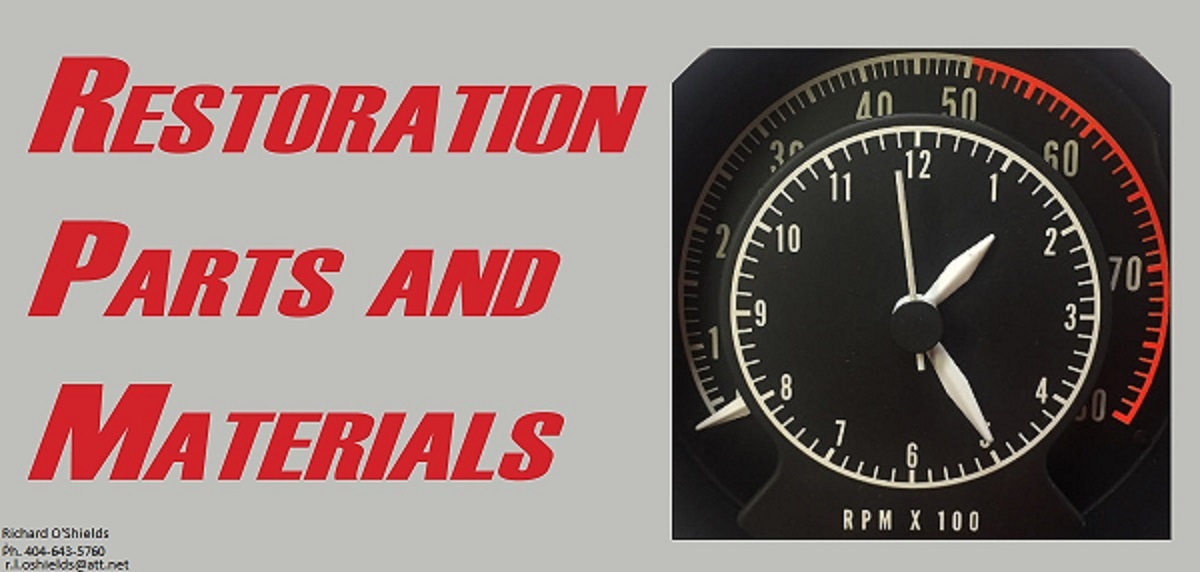"Automatic transmission fluids with little or no friction modifier (like Ford Type “F” ATF) have a very sharp clutch engagement (the clutch plates do not gradually slide to a smooth stop) with very quick (0.4-0.6 second) shift or lockup time. These shifts are harsh, and shock load the driveline, reducing driveline life and driver satisfaction and comfort. Therefore, Ford moved on to “friction modified” ATF, in the mid 1970’s being one of the last OE’s to do so."
[/URL]
In the article I found (when it was just published in CAR LIFE in 1968 or so), it mentioned how Ford and GM both went about getting their ATF fluid to assist in the desired "smooth shift" that everybody desired. With a chart of the initial apply rotational speed changes. As mentioned, GM put "over-capacity" into their clutch packs and such, so they would tolerate MORE initial slip, for a smooth shift. Conversely, Ford went with "slightly under capacity" clutch packs, so that with a normal fluid, they would slip more initially, BUT they then formulated their new Type F fluid to be more aggressive on initial apply (or in modern parlance, "less friction-modified" to decrease slip. Although after the initial apply of each fluid in their respective transmissions, the lock-up curves were basically the same, with the full-shift happening in the same amount of time.
The same article also noted that although TFs were spec'd for Dexron, they could easiily handle the Type F fluid too. Plenty of design "guts" for the quicker shifts and resultant "shift shocks". We always knew the 727 was strong enough, with the 904 maybe a bit less, by design, although in an article in HOT ROD magazine (circa 1968), it noted that with the correct rebuild parts (from B&M), the 904 would last behind a strong LA drag motor with no issues. Stock, they allegedly were good for about 20 hard runs before needing attention. So stock 904+B&M rebuild and shift kit, were good, too. Taking less power to run than the 727, which meant quicker elapsed times at the strip.
With the quicker shifts of Type F, if anything, it should have resulted in less wear as there was less clutch slippage. Perhaps the trans shops who were making the "tear up the frictions" comments had that issue with the particular brand of clutch frictions they were using? Never did hear that complaint from anybody, personally, considering I was around drag racers for ages. Even some that built their own transmissions. BTAIM
Enjoy!
CBODY67


















